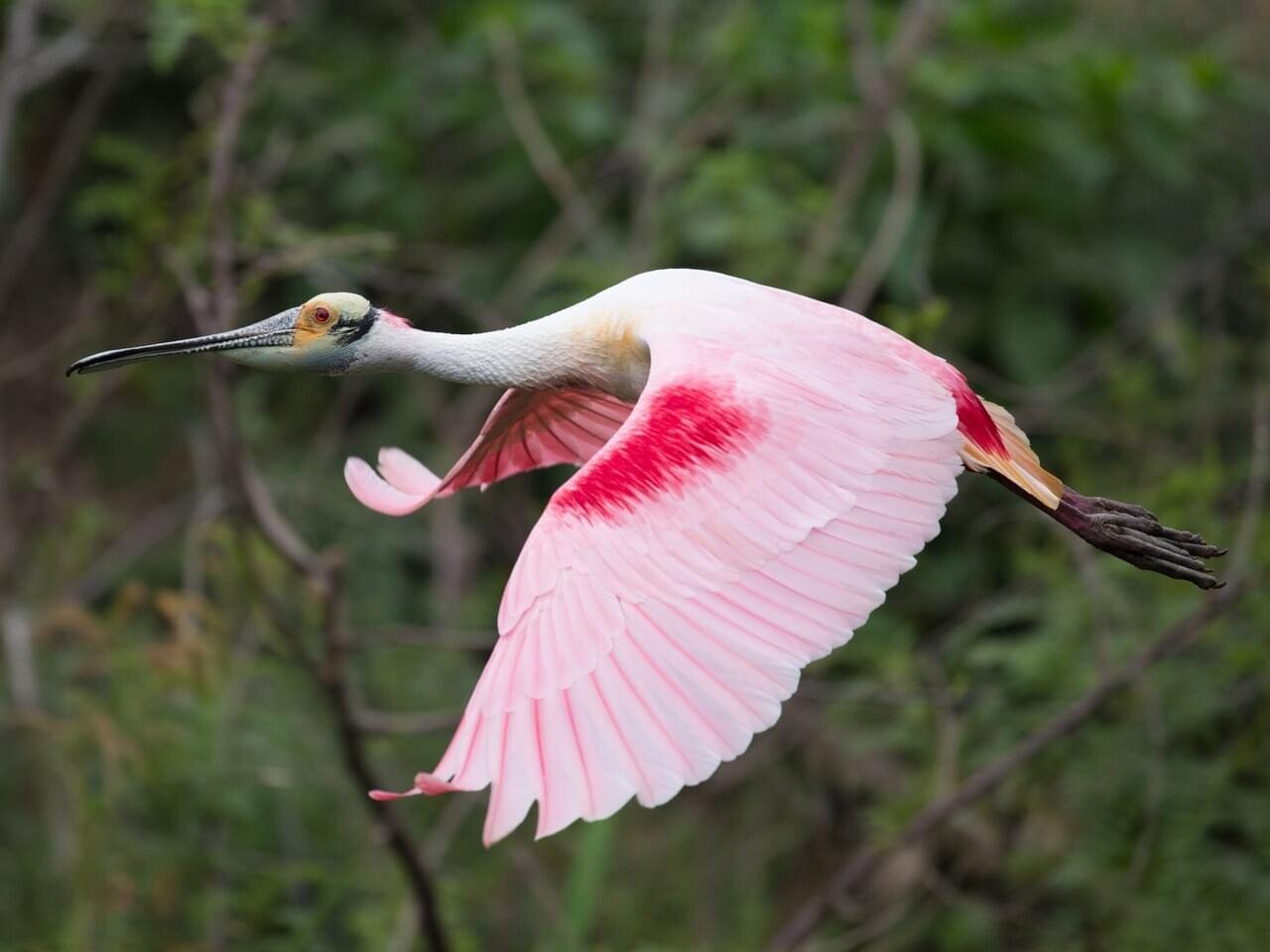Update on Mysterious Bird Deaths
Last week we reported on the mysterious bird deaths taking place north of us and in Mid-Atlantic states. We have had no reported sightings of sick or dying birds from customers here in Nashville but we do recommend being vigilant. The TWRA has collected some specimens for testing and will make a statement next week regarding their findings. At this time the TWRA is recommending that feeders be taken down if you witness a dead or obviously sick bird. As reported last week the species most affected thus far have been Robins, Blue Jays, Common Grackle, and Starlings. I wish we could offer more detailed and definitive information; however, there is still much to be learned. As information from credible sources is gathered we will promptly share it with our customers.
Bald Cardinals
I have seen a number of Northern Cardinals recently that are partially to totally bald. They do look odd but it is normal and temporary. After the breeding season and usually beginning in mid-summer birds begin molting. Northern Cardinals and Blue jays often lose all of their head feathers at once rather than a little at a time like most other songbirds making their molt mostly unnoticeable. Sometimes the feather loss can be the result of a feather mite but this particular molt pattern for Cardinals and Jays is considered normal. If you see what appears to be a Cardinal with a black head grab some binoculars and look a little closer. It’s slightly disturbing at first but it does offer an interesting glimpse at the position of the ear which is below and back of the eye.





